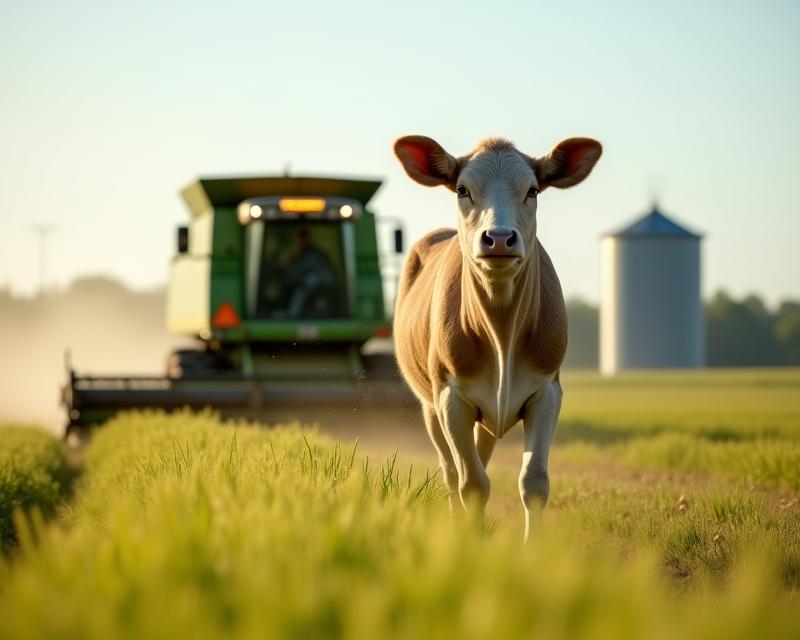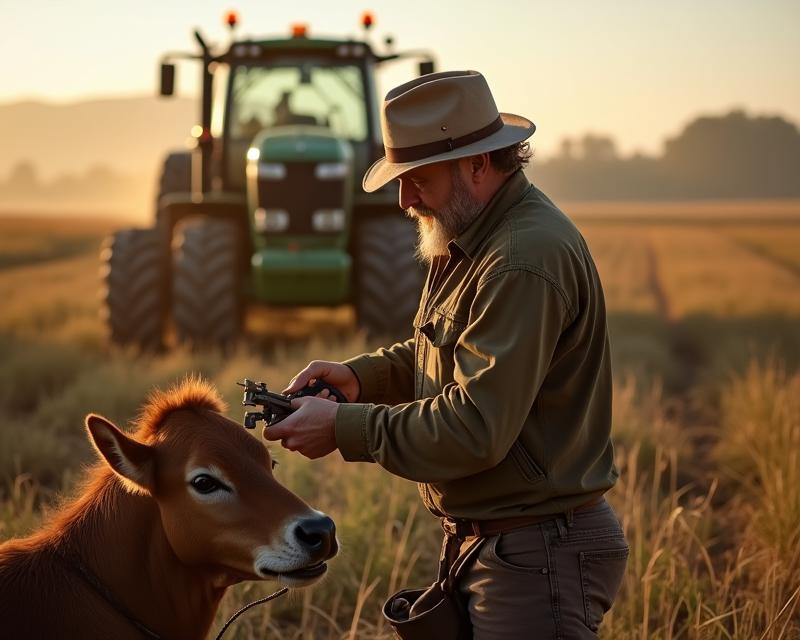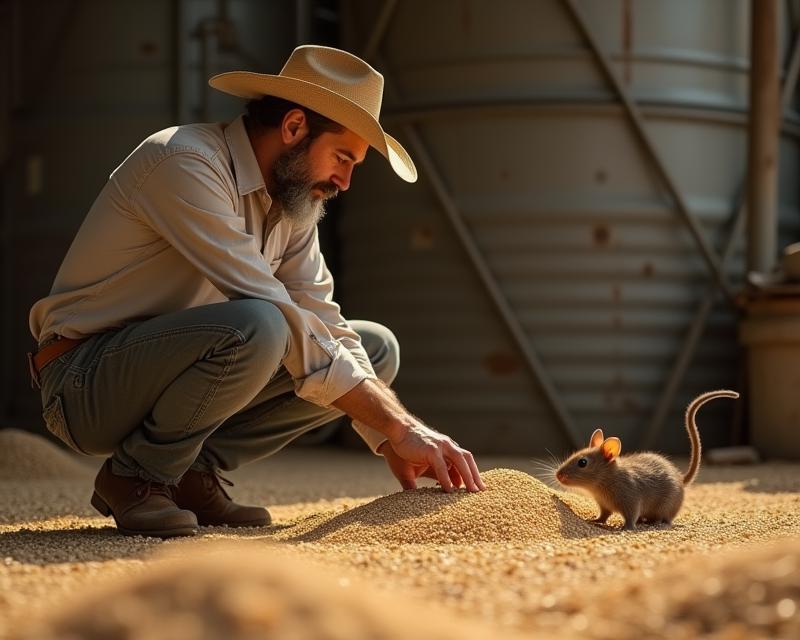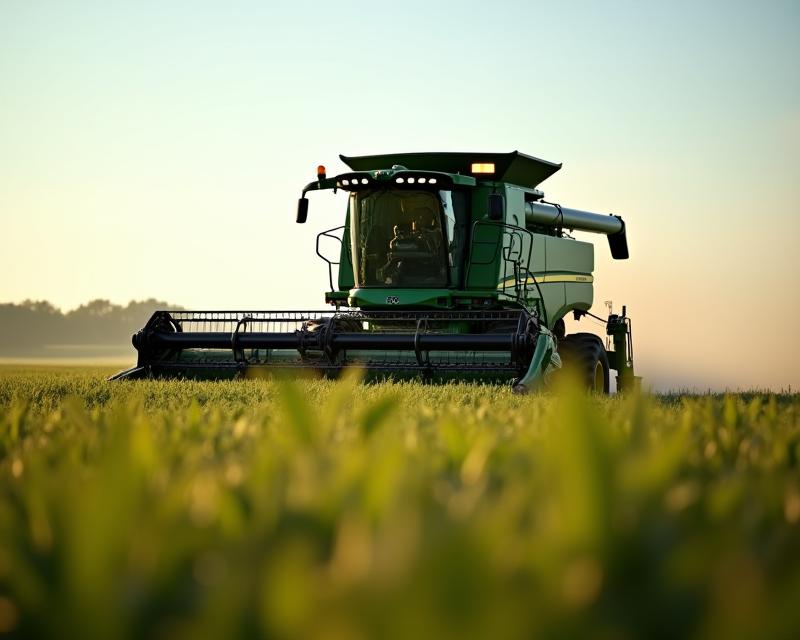Hay Safety: Preventing Spontaneous Combustion
Publish in Farm el 22/07/2025 16:26
Hay Storage: Preventing a Dangerous Fire Hazard
Hay is a vital part of any farm operation, providing essential nutrition for livestock. But did you know that improperly stored hay can pose a serious fire risk? Spontaneous combustion, a dangerous process where hay ignites on its own, is a real concern for farmers and ranchers. Understanding the causes and taking preventative measures is crucial for protecting your livelihood and your property.
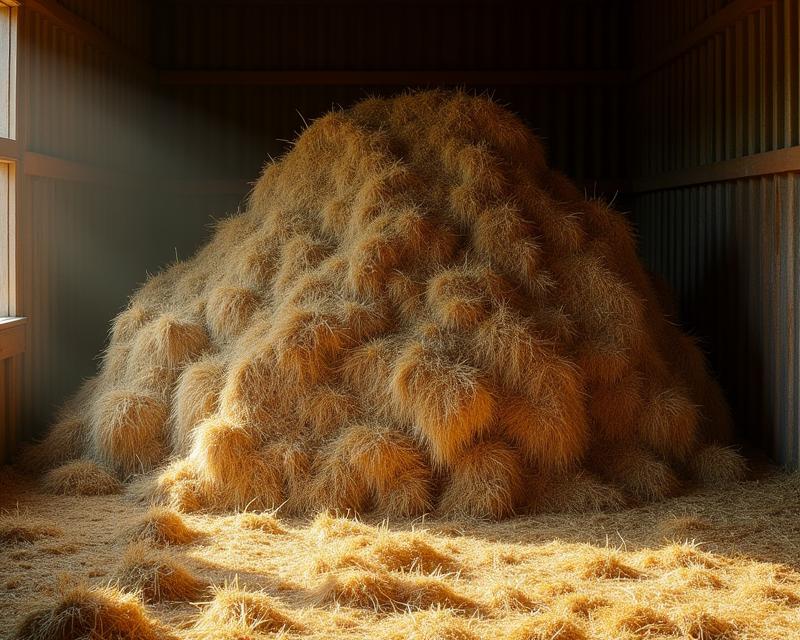
What Causes Spontaneous Combustion?
Spontaneous combustion happens when heat builds up within a large pile of hay. This heat is generated by microbial activity – bacteria and fungi naturally present in hay as it dries. As these microbes break down the hay, they produce heat. Several factors can accelerate this process. High moisture content is a major culprit. Hay that's cut when it's too green, or that gets rained on and then stored improperly, retains more moisture and heats up faster. Large, densely packed piles also trap heat, preventing it from dissipating. Finally, poor air circulation exacerbates the problem, creating a hot, humid environment perfect for microbial growth and heat buildup.
Recognizing the Risks & Safety Precautions
The signs of spontaneous combustion can be subtle at first. You might notice a warm smell emanating from the hay pile, or see smoke. However, by the time a fire is fully developed, it can be extremely difficult to control. Here are some key safety precautions to take:
- Moisture Matters: Aim to harvest hay when it reaches the proper moisture content (typically between 15-20%). Proper drying is essential.
- Pile it Right: Build hay piles in a loose, well-aerated manner. Avoid tightly packed, solid blocks. Elevating the pile off the ground allows for better airflow.
- Monitor the Pile: Regularly inspect your hay piles for signs of heat or smoke. Use a heat sensor if possible.
- Keep it Dry: Store hay in a dry location, protected from rain and snow. A barn or shed is ideal.
- Fire Suppression: Have a readily available water source and fire-fighting equipment (like a water hose or fire extinguisher) near your hay storage area.
Safe Handling Advice
When handling hay, always wear appropriate protective gear, including gloves and eye protection. Avoid creating dust, as hay dust is highly flammable. Never smoke or use open flames near hay piles. If you suspect a fire, evacuate the area immediately and call emergency services. Prevention is always the best approach when it comes to hay storage. By taking these simple precautions, you can significantly reduce the risk of spontaneous combustion and protect your farm and your community.
